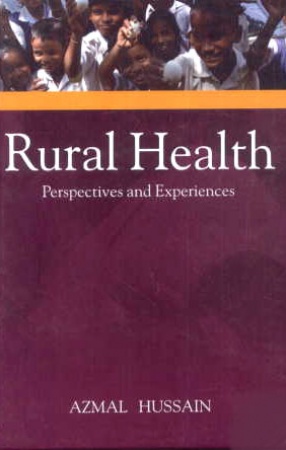
Azmal Hussain

Showing all 17 books
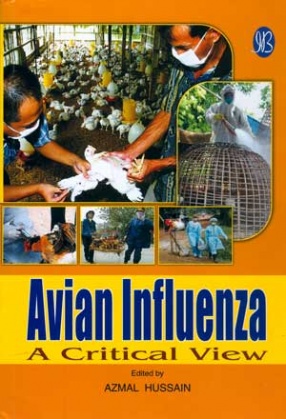
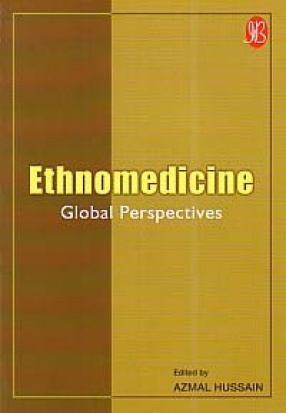

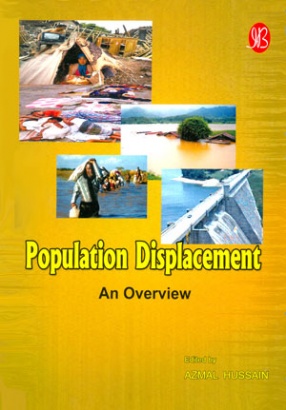

Though there is a plethora of literature on efforts that aim at making healthcare programs integrated, interdisciplinary and managed in order to reduce fragmentation and improve continuity and coordination of care, they are mostly generic and only a small segment relates to rural issues. It has often been observed that rural people face a unique set of factors creating disparities in healthcare that are absent in urban areas. Living in isolated and remote ...
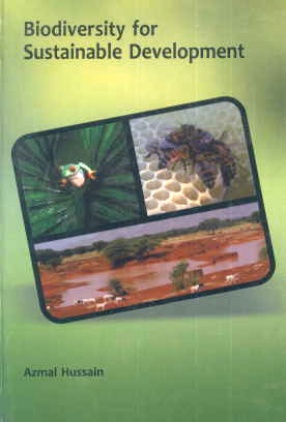
Biodiversity essentially refers to all aspects of variability evident in the living world, including diversity within and between individuals, populations, species, communities and ecosystems. Biodiversity trends are mainly assessed in terms of declining populations and species, either individually or collectively, when manifest of loss of habitants or reduction in the area of ecosystems. The challenges to biodiversity have been explicit from different facts and ...

The ongoing H5N1 influenza outbreak among birds with occasional transmission to human beings is of major concern owing to intriguing parallels between the H5N1 virus and the 1918 influenza strain. According to the checklist of the World Health Organization, should the highly pathogenic virus acquire the capability of easy human-to-human transmissibility, even the most conservative scenario can anticipate up to several 100 million outpatient visits, more than 25 ...


In modern welfare states, the aim of government is to provide good governance. But it does not mean that, government will be overburdened. Again, good governance, which is, maximum development for majority population should be the ultimate end. So the rolling back of the state from major sectors is a viable alternative for effective socio-economic development. This retreat of state has opened floodgates for Civil Society Organizations (CSOs). In an ...

The global nutrition transition and the accompanying surge of obesity and diet related diseases pose a serious threat that deserves immediate attention. Specifically, the nutrition transition manifested by overweight and obesity is associated with increasingly escalated rates of different non-communicable diseases and excessive increase in associated healthcare costs. The book is expected to provide an insight into the above nutritional intricacies mainly ...

Though forests have proved resilient to past changes in climate, today s fragmented and degraded forests are more vulnerable to various hazards. Large areas of natural forest ecosystems are being converted into industrial plantations in tropical, subtropical and temperate regions. Though society will continue to use various forest products, it is imperative that the immense importance of forest biodiversity in maintaining current levels of production in ...
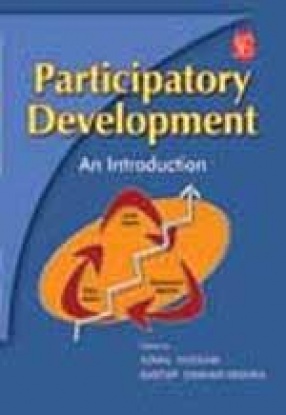
Participatory approach to development has emerged mainly because of recognition of the limitations of the conventional approach. The major limitation of conventional approach is that it does not necessarily hold all the stakeholders accountable. Participatory approach involves local people, development agencies, and policy makers, deciding together how progress should be measured, and results acted upon. It can reveal valuable lessons and improve accountability. ...
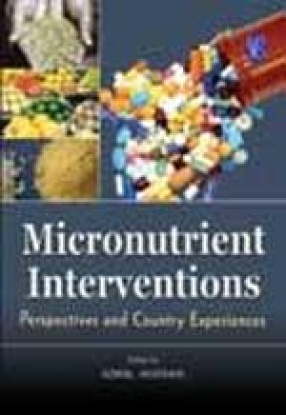
Micronutrient deficiencies represent a formidable health challenge for people of developing countries. Deficiencies of vitamin A, iodine and iron are known to be especially prevalent and are associated with a range of mild (and often reversible) to severe (and often irreversible) health consequences. Known clinical outcomes of micronutrient deficiencies include impaired growth and cognitive development, poor birth outcomes, anemia, cretinism, and blindness. On ...
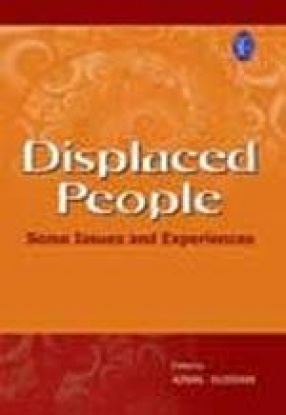
Development programs frequently cause population displacement and raise the issues of resettlement - voluntary or involuntary -mostly accompanying many an intricacy. Likewise, conflicts and other socio-political phenomena often cause massive population displacement calling for prudent mitigation strategies. The present book intends to delineate the above issues and some more, especially those pertaining to rehabilitation and resettlement of displaced ...
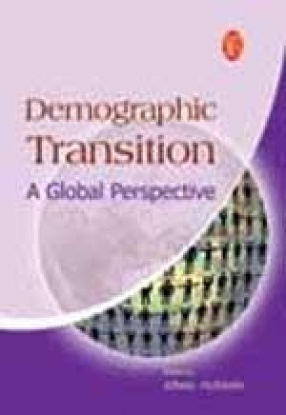
Different regions of the world are undergoing a demographic transition as apparent in the shift from high to low rates of population growth. In general terms, demographic transition refers to the shift from a regime with frenziedly high mortality and fertility rates to another regime with controlled and low rates of fertility and mortality. Most countries of the world by now have undergone this process of demographic transition. Some studies find that increasing ...
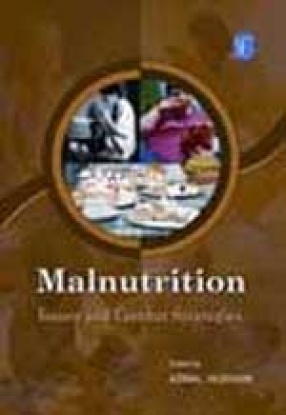
Malnutrition is a grave problem worldwide, particularly the resource-poor countries. The book aims at description and evaluation of the existing malnutrition status of people worldwide. It is mainly intended for academicians, researchers in the modern province of physical anthropology, health administrators, economists and development professionals. The book begins with a general idea of malnutrition, following which it deals with the determinants, current global ...

The grave problem of population displacement is caused mainly by development projects, conflicts and natural disasters. Though development projects can bring enormous benefits to society, they also impose far-reaching consequences, which are often borne by the most disadvantaged lot of people. The development displacees can suffer as severely as those displaced either internally or internationally by natural disasters or conflict and violence. The gravity of ...

Non-Timber Forest Products (NTFPs) represent a sector which remains more or less untapped despite providing interesting opportunities for various regions rich in forest wealth. Of late, however, they have attracted ample attention from various authorities as an element of sustainable development by virtue of their potential role in supporting as well as improving rural livelihoods over and above their contribution to environmental objectives such as biodiversity ...
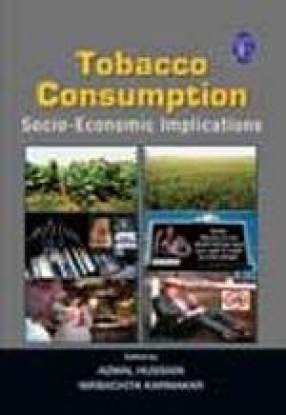
Despite the uneven consequence of tobacco consumption, it is on the rising spree for the middle and the low income countries, as evident from over 80 percent of the smokers hailing from developing and transitional economies. Here comes the role of the tobacco industry, having a huge market potential in these countries due to weaker tobacco control measures and increasing prevalence of tobacco consumption among the youth and women. In such a scenario regulation of ...
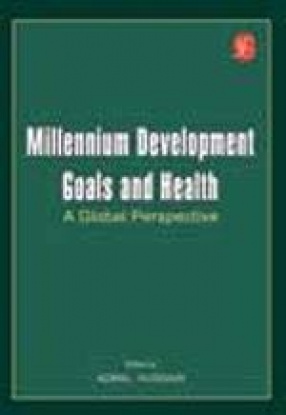
In the present decade, the Millennium Development Goals (MDGs) have overwhelmingly captured the attention of the health and development community all over the world, as they provide a vision for development that accommodates health and education squarely at the centre. Health plays the key role in determining the human capital. Better health improves the efficiency as well as the productivity of the labor force, thereby contributing to the economic growth and ...

1. Build-Operate-Transfer: Models, Issues and Emerging Trends, 2. Build Own Operate Transfer (BOOT) Projects, 3. Public-Private Partnerships: The Next Generation of Infrastructure Finance, 4. Evaluation of Build-Operate-Transfer (BOT) Project Opportunities in Developing Countries, 5. Build-Operate-Transfer: The Modality of Public Construction, 6. Government Role in BOT Projects: An Overview, 7. BOT Contract Projects: A ...
